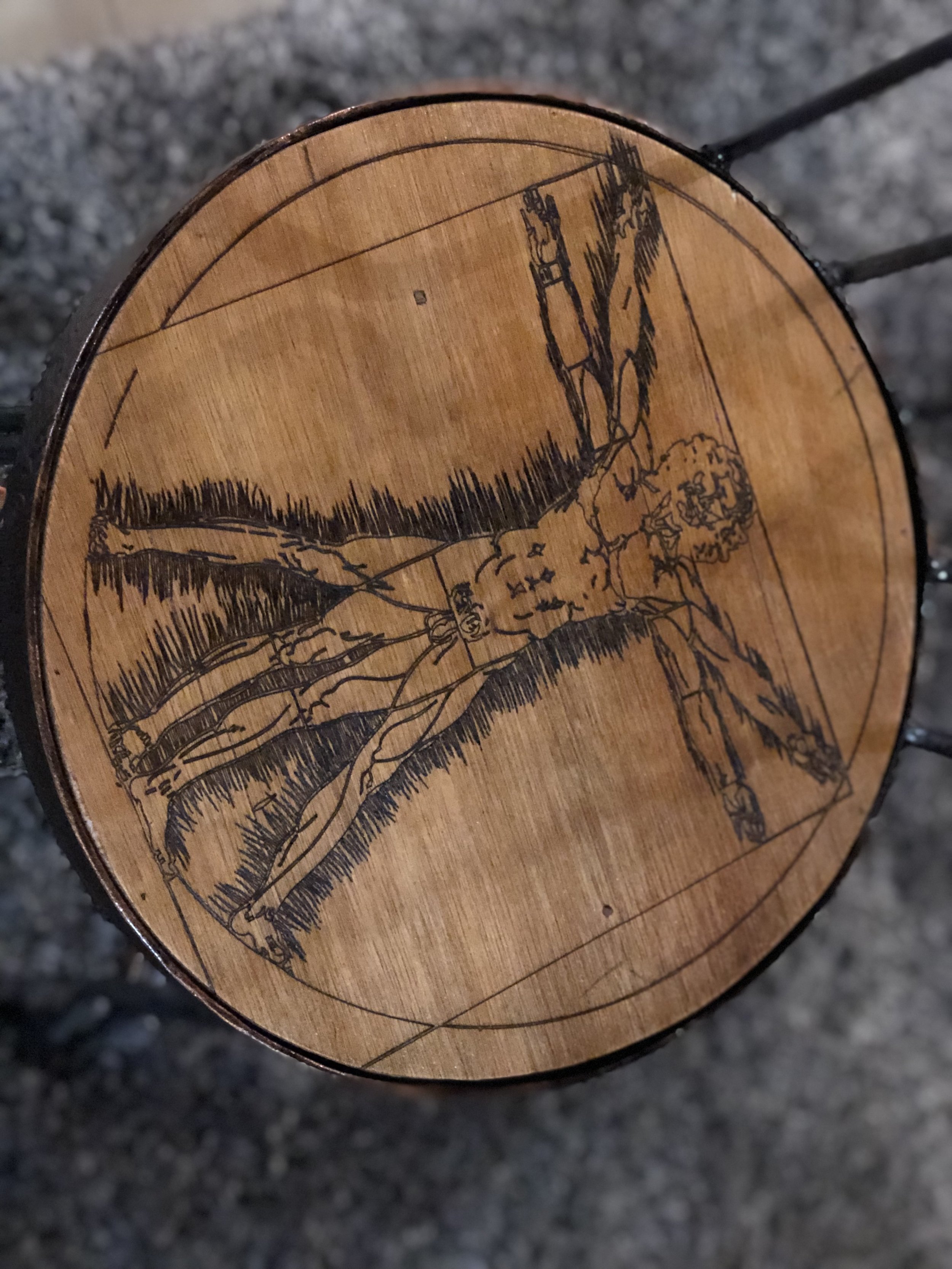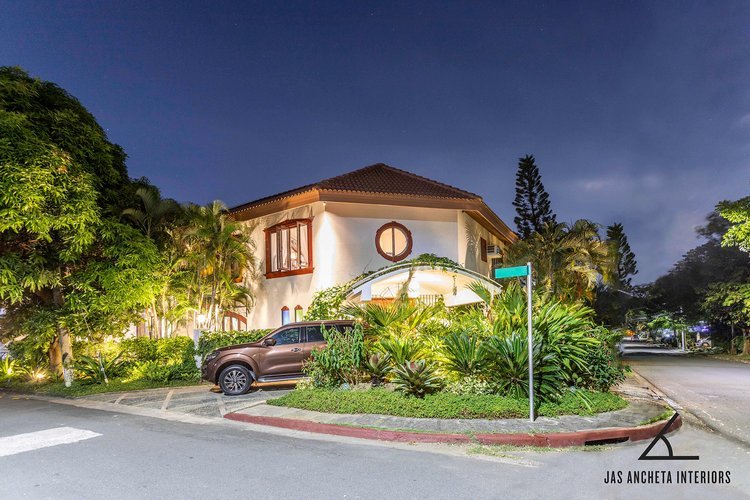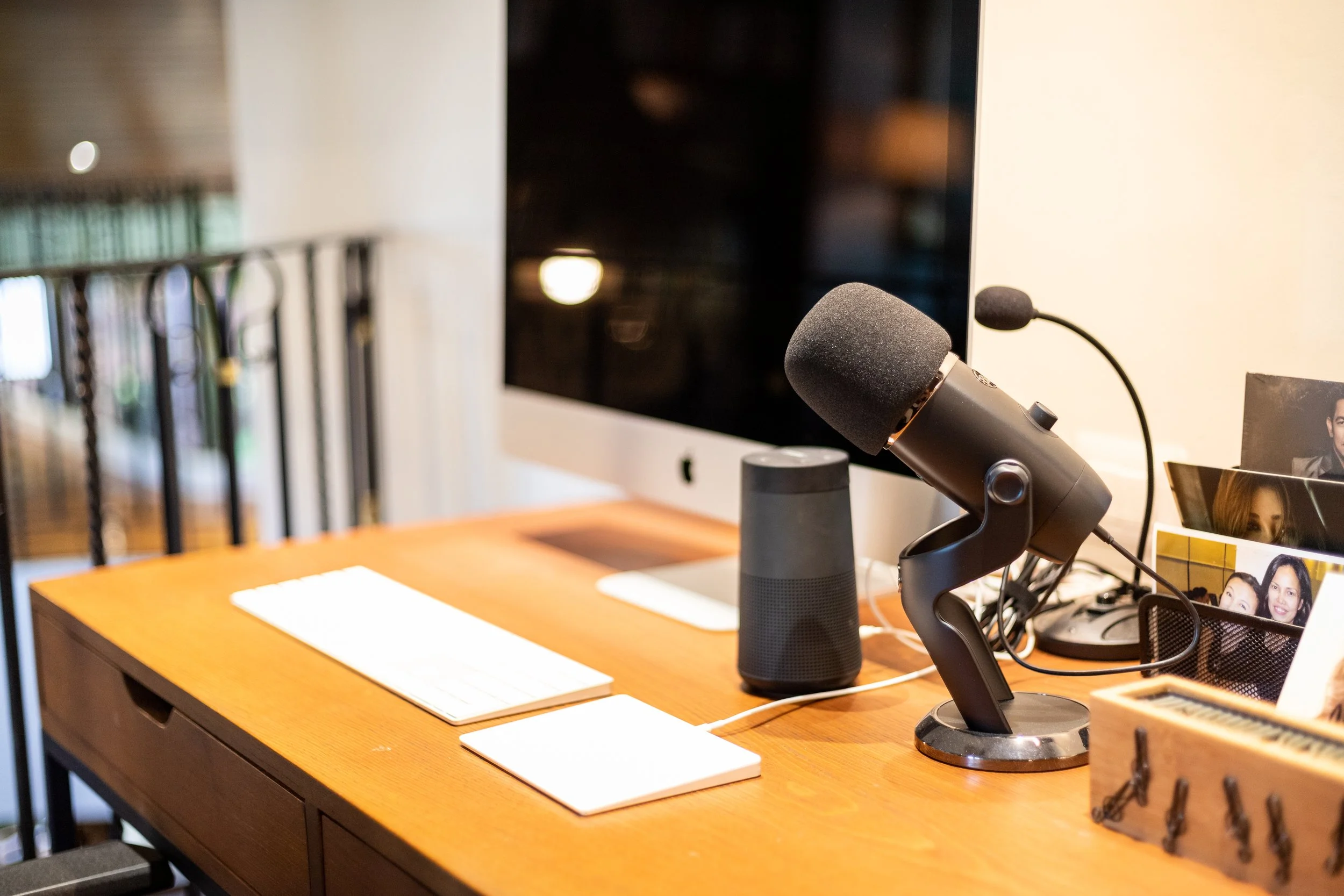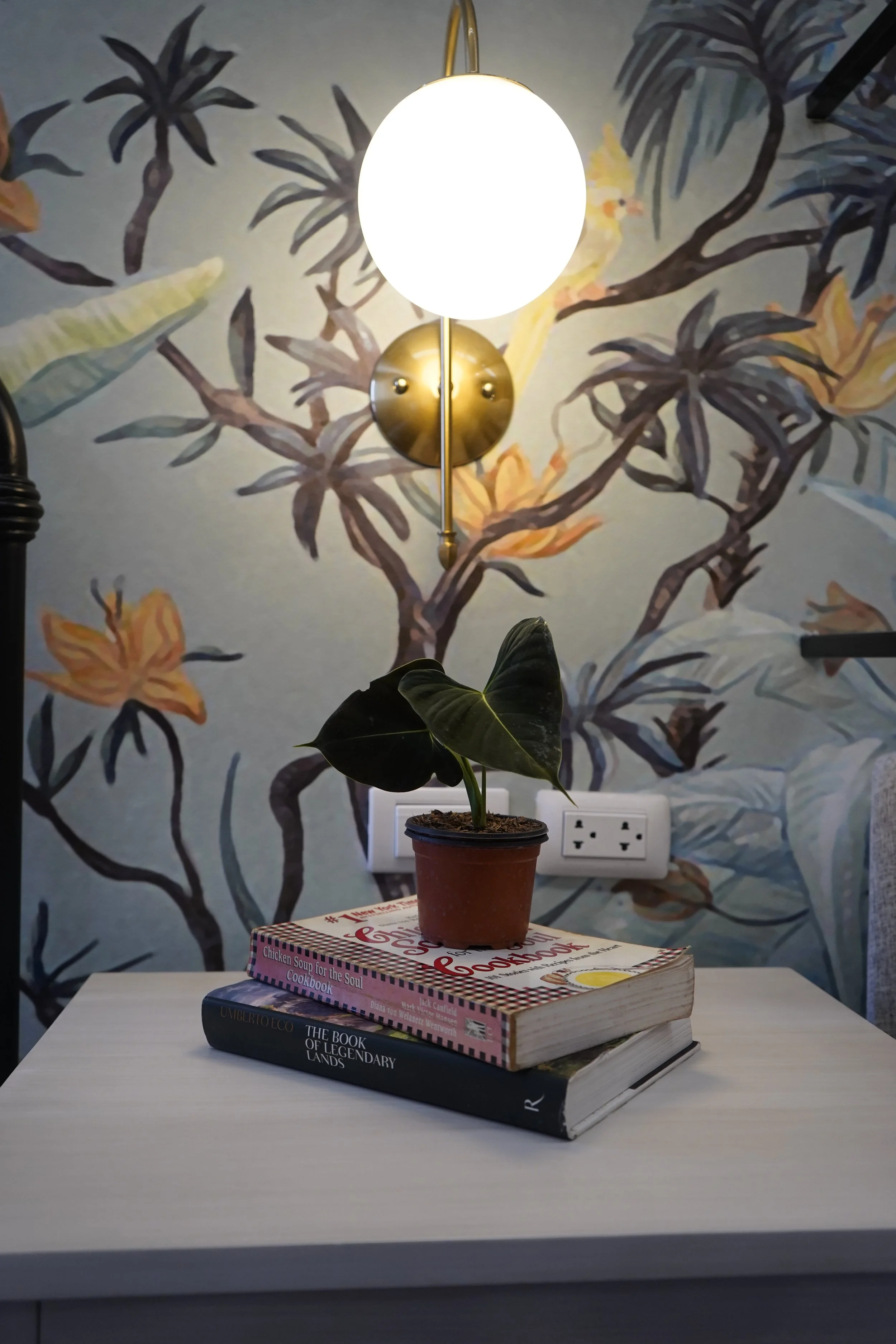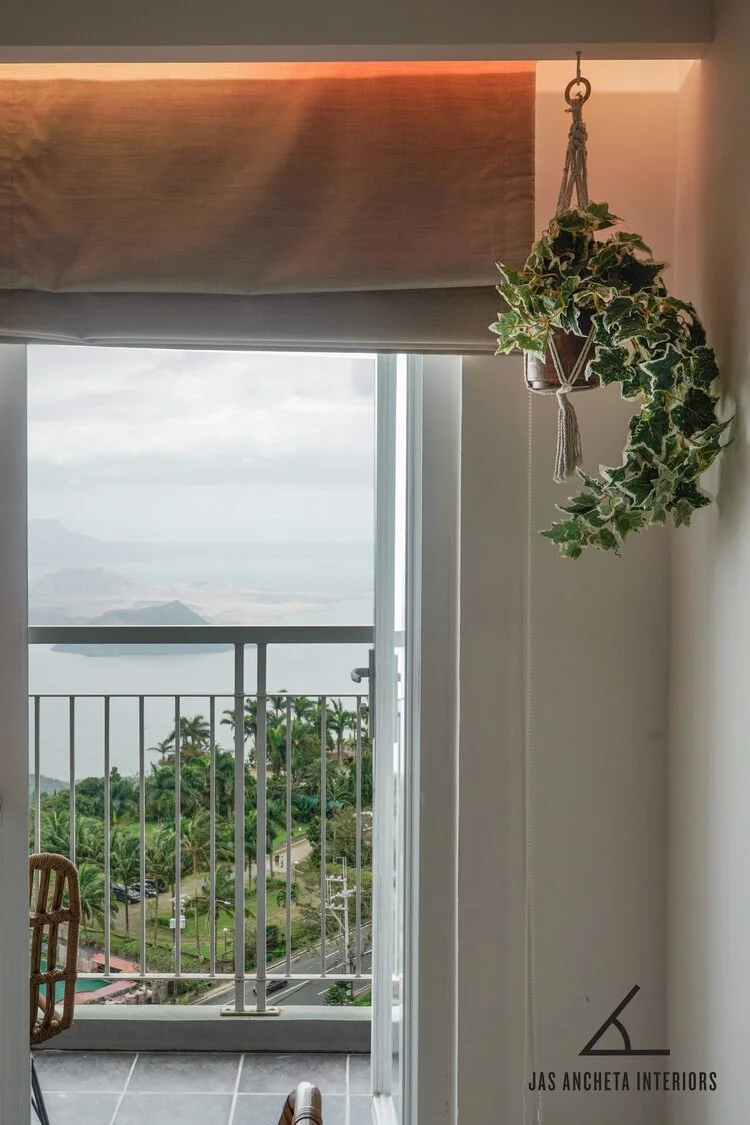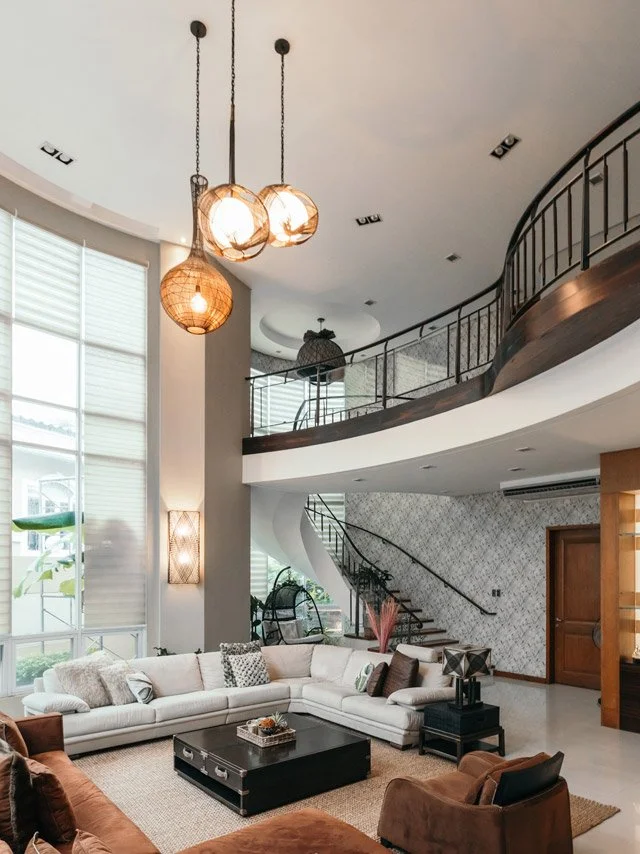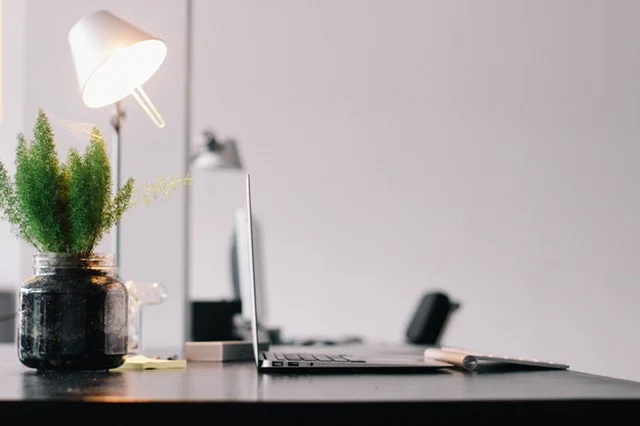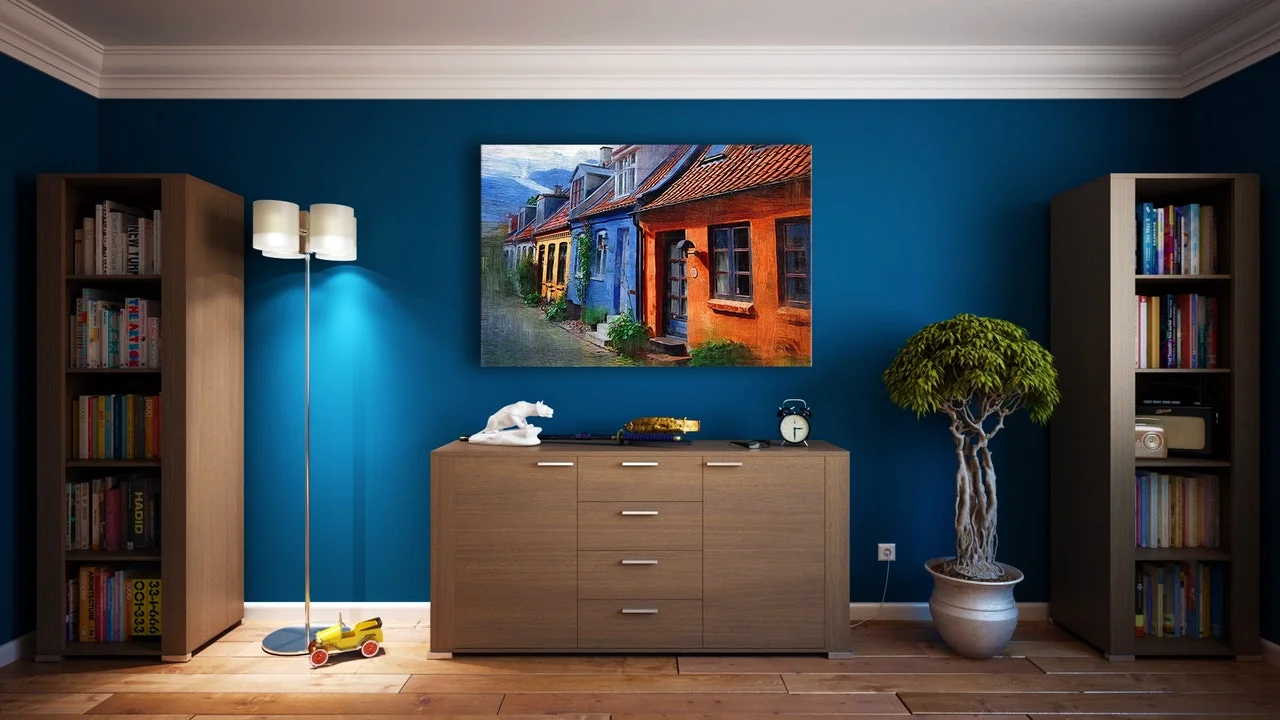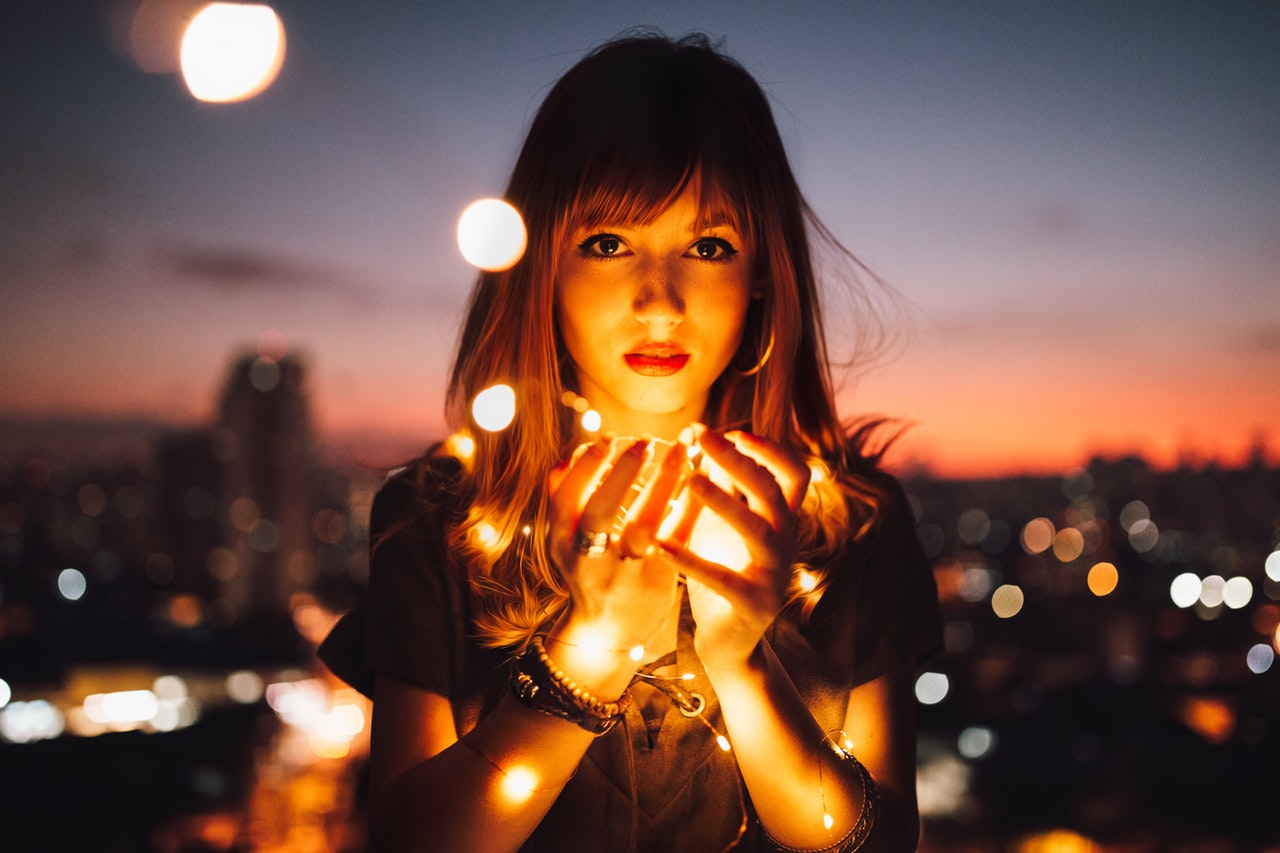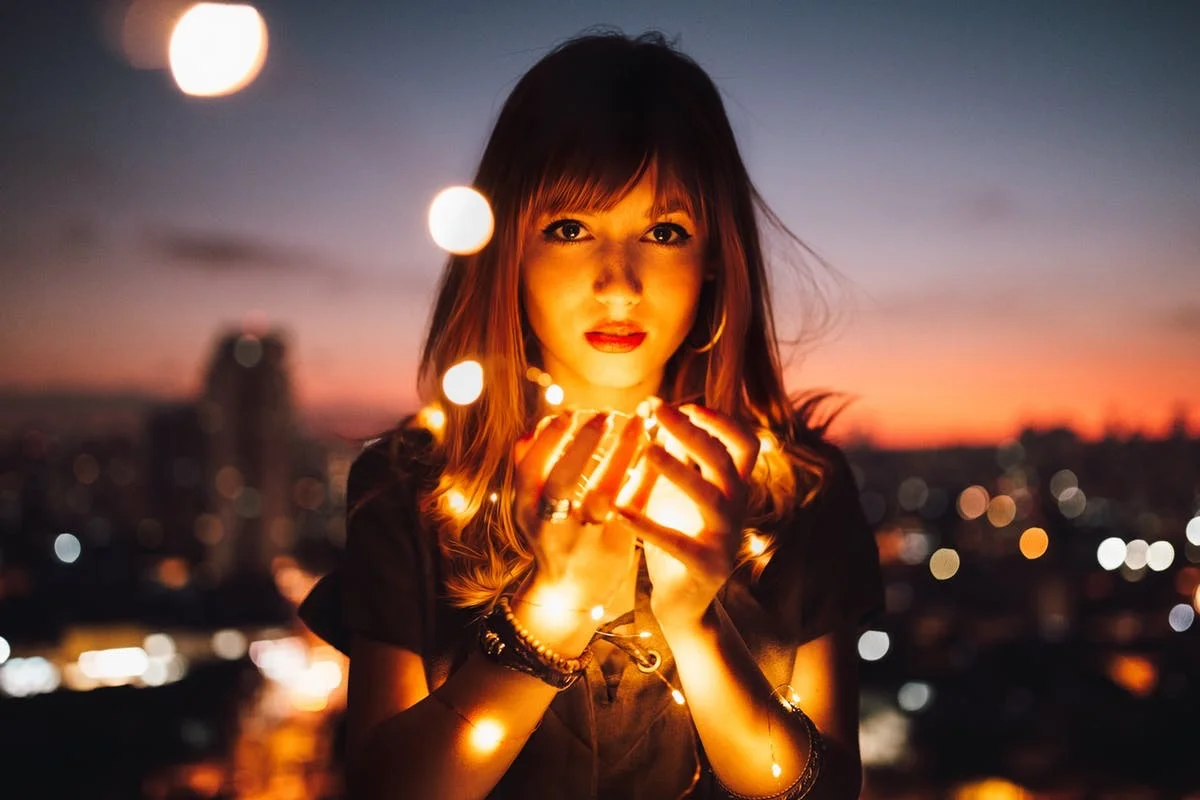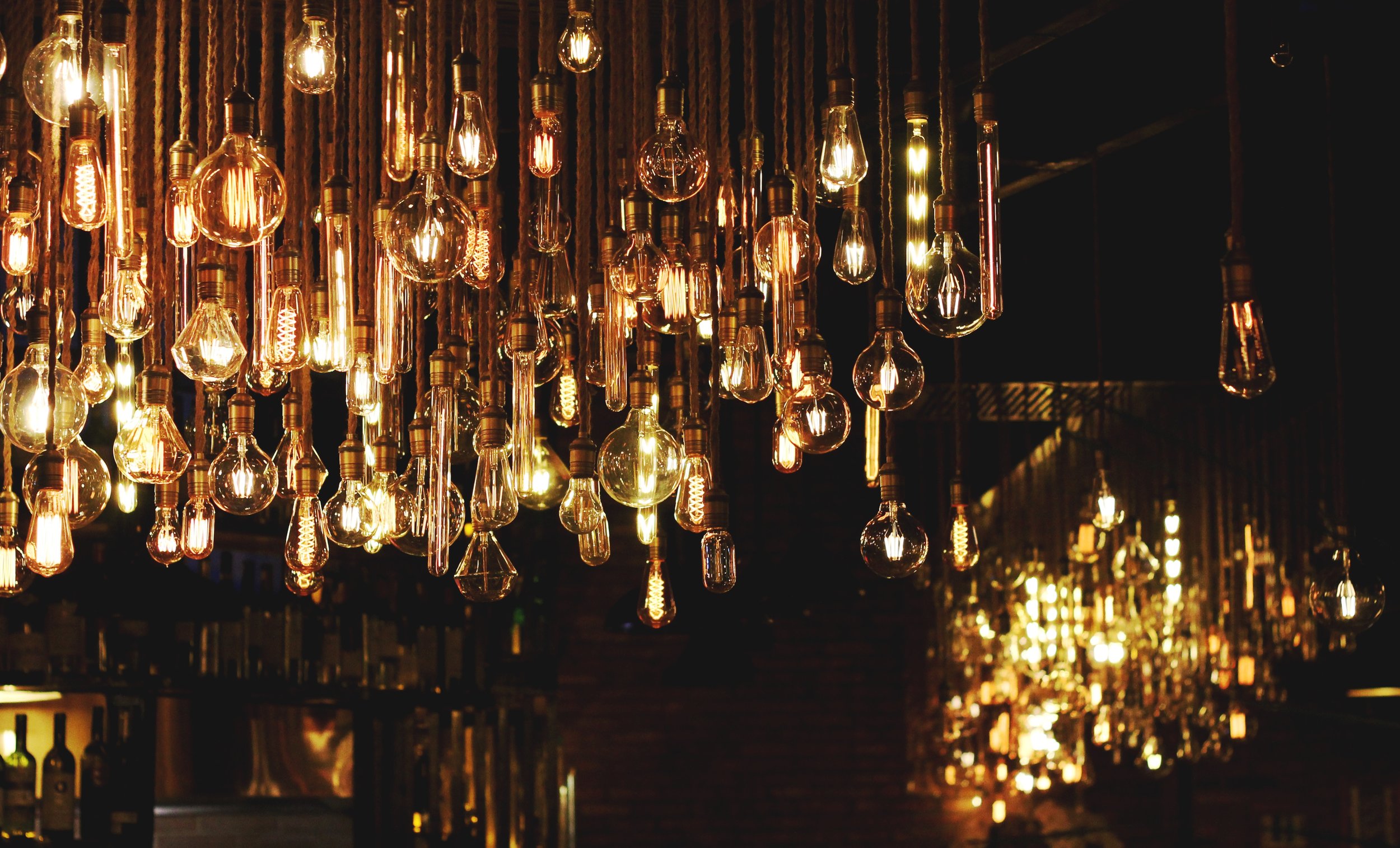Welcome to my blog! I'm excited to share tips, trends and news in the interior design market. Sign up for my newsletter for promos, freebies, and updates! ( See link BELOW).
I would like to know more about you. What are your struggles when designing your home or your business (for those savvy entrepreneurs)? Is there anything particular you would like to know more of? Are you having a hard time with deciding your style? Organizing your things? Let me know. E-mail me your troubles and let me help you take the fog off your eyes! :) Have a happy, happy week!!!
- November 2022 2
- October 2022 1
- September 2022 1
- August 2022 1
- June 2022 1
- May 2022 1
- April 2022 1
- February 2022 2
- January 2022 1
- December 2021 1
- October 2021 2
- September 2021 1
- August 2021 1
- July 2021 1
- June 2021 2
- May 2021 3
- April 2021 4
- March 2021 3
- February 2021 3
- January 2021 1
- May 2020 3
- November 2019 1
- June 2019 2
- May 2019 1
- April 2019 1
- March 2019 2
- August 2018 1
- June 2018 1
- May 2018 1
- April 2018 3
- March 2018 4
- February 2018 4
- January 2018 2
- December 2017 1
- November 2017 4
- October 2017 8
- September 2017 9
- August 2017 19
TESTIMONIALS
“It’s cool and light. Not too loud. Comfortable color (especially if you want people who come into your office to feel “chill”... shoutout to raging parents or intimidated students).”
“I will definitely recommend you to my friends. I’m also excited to see their reactions when they see the dining room.”
The Hidden World of Functional Art
Functional art is a new trend which we are currently promoting in the gallery - art which serves not mainly as a decorative purpose but also has practical uses.
For people who collect art there is the usual process of acquiring and displaying art. Artwork is chosen, gently delivered into a household and then installed or displayed in an area which would be visible to the collector.
Hidden Art Detail, Batibot Chair
Functional art is a new trend which we are currently promoting in the gallery - art which serves not mainly as a decorative purpose but also has practical uses.
Pair of Door Handles by Richard Buxani
Functional art refers to aesthetic objects that serve utilitarian purposes. The genre is remarkably inclusive: it encompasses everything from furniture and lighting to dishes and even books.
Functional art is generally applied art - art created for use, designed to serve a purpose and with an aesthetic in mind. It’s art that serves a function, but is also designed artistically for purpose of displaying beauty.
R2D3 Lamp by Retrospect Studio, designed by Ram Mallari
Furniture is the most common example of functional art. Well crafted furniture - tables, chairs, lamps or lights- have been collected for many years not just for its form and design but also functionality.
Wall Display and Lamps by Retrospect Studio, design by Ram Mallari
Similarly, fixtures such as door handles, knockers, and doors are also being collected due to their artful form and their practical function. Other types of functional art are mirrors, table settting items such as candle holders.
DON'T MAKE THAT LIGHTING MISTAKE
Lighting mistakes can affect our lives tremendously. Be aware and know what not to do!
Light plays a significant role in our lives. When the sun goes up and indicates that our day is about to begin till the time it goes down and we wind down ourselves. Whether it be at home, in school or at the office, or maybe when we visit restaurants, museums and other public places, light affects our mood, our ability to concentrate, to relax or simply to have a good time. Perhaps we may not notice this as it is part of our daily lives. It is about time that we make lighting our priority. Proper lighting after all is key.
When I started building my home way before I was an interior designer, I knew only a few things about light thereby causing me to make mistakes. Yes, most of them involved decorative decisions, and some were functional ones.
Mistake #1 Color of light
I grew up in a home with white artificial light. Yes, it is what you call daylight. For all the areas in my home, this was a standard thing. Later on, we did have some warm white lights but somehow it seemed too dim for our usual purposes so my mom simply changed it back to the regular daylight. At the time, I didn't know that I needed to compute for the lumens (Wikipedia: SI derived unit of luminous flux, a measure of the total quantity of visible light emitted by a source) of the light which will enable me to know the proper illumination needed for a space. Looking back now I realize that the proper wattage and the distance of the lights from each other would mean better lighting.
As much as I do love daylight, if you like to set the proper mood, then consider other colors of light.
Warm white lighting
First and foremost, function should be given priority. For task lighting, a bright white mimics daylight (measured at 5000 to 6500 Kelvin) and makes for more productivity. That is why fluorescent lights in daylight are a staple for reading and other detail-oriented work. Daylight is also used for the dresser or where you put on makeup to ensure proper color rendering. Warm white is more inviting, relaxing and ideal for areas like the living and dining rooms where you want a warm, cozy glow.
Mistake #2 : Room Color
Secondly, consider your room's color palette. If your colors are on the warm side (yellows and reds), use cool white or warm white to enhance. Conversely, use daylight for rooms on the cool side of the color spectrum (that means more on the blues, greens and violets).
The good news is there are new lights too that switches colors from daylight to warm white all in one bulb.
Mistake #3: Brands
Third, don't mix color brands in the same room. Even if both brands indicate warm white, this doesn't necessarily mean that they are the same color temperature. Yes, I've been there. You will notice also a color difference between newly purchased lights and older lights. That's just the way it is.
Mistake #4: Style of your Lighting
Whether you're buying a downlight, pendant light, floor lamp or task lamp, do remember to consider your room's design style. For a more pleasing outcome, match your choice of lighting. Yes, I did make this mistake in one area of my home. I loved this industrial style of pendant lights and used it in my open kitchen. My dining room in the meantime has a crystal chandelier. Yikes! Design mistakes are easy to make if you are uninformed. I have yet to correct this but I'm consistently haunted by it!
Correct these lighting mistakes now and make your home a better place to live. Join my weekly newsletter so you won't miss any of my tips and tricks! Link at the bottom of this page.
TRICKS PROS USE TO LIGHT INTERIORS
Ever wonder why a romantic dining setting is considered romantic? How do pros do it? It's simpler than you think.
Do you wonder why you get an intimate, cozy feeling when you enter a fine dining restaurant? Or maybe a brighter, more vibrant space for a playroom? Aside from the interior style and the decor that is used, this is mainly attributed to the type of light/s used to illuminate the space.
Why is light important to interior spaces? It is because we can create different moods and different purposes depending on the type of light.
Work in layers.
This means that you should decide on your general lighting, accent lighting, and task lighting.
General lighting is the uniform level of illumination that enables you to see your surroundings and walk safely.
Accent lighting highlights key pieces you want to put a spotlight on. This may include art in the form of a sculpture or painting, or collections placed in open shelves or cabinets, or even architectural features like a column or intricate architectural details you want to put emphasis on.
Task lighting is a more focused light that allows you to perform certain tasks, such as undercabinet lighting for the kitchen or a desk lamp for an office.
Be mindful of the color of light.
In general, warm light gives a cozy ambience and cool light that goes on the bluer side gives a brighter, more vibrant feeling. Check what kind of function your space needs and employ the proper color of light. Daylight, the color in between warm and cool, is perfect for areas where you need truer colors. This means you can use this on your makeup area, or for other areas where true color rendition is important. That is why proper lighting knowledge is very important especially for retail stores selling fashion or makeup.
Do you know this is why supermarkets also employ this technique when they light their produce? It makes them look fresher. Try to remove the produce and check them out in a better light--whether daylight or fluorescent. You can tell there's a difference.
Finally, remember the purpose of your lighting.
As mentioned earlier, there are different uses for each type of light. This does not mean you sacrifice your design style. There are many decorative lighting solutions you can employ that will match the design style of your interior.



